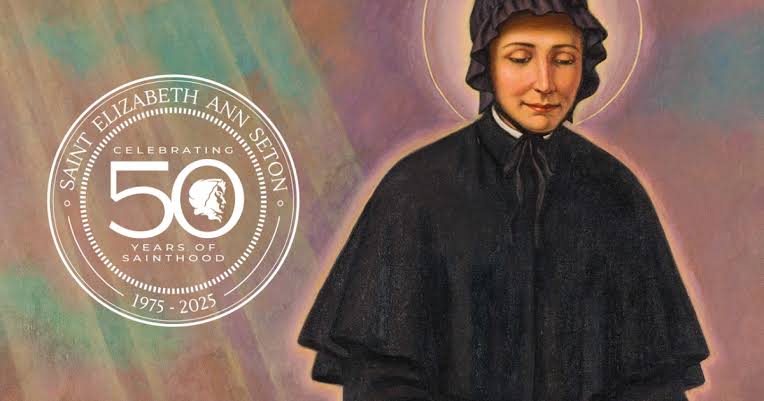
Tennis After the Golden Age: Searching for the Next Epic Era…
The tennis world in 2024 has been rocked by seismic changes, leaving fans and analysts alike pondering the sport’s future. Rafael Nadal’s retirement, doping controversies involving two top-ranked players, and the decline of Novak Djokovic’s dominance have combined to create a year of upheaval. These developments highlight the end of tennis’ golden age an era defined by the brilliance of the Big Three in men’s tennis and Serena Williams’ singular greatness on the women’s side. With these legends fading into history, the question looms: What’s next for tennis? Can the sport rekindle the magic of the last two decades?
Nadal’s Farewell and the End of an Era
Rafael Nadal’s retirement in 2024 was the most significant moment of the year, eclipsing even the doping scandals that plagued the sport. At 38 years old, the Spaniard bid farewell to professional tennis following a loss at the Davis Cup. His departure marks the end of a career that saw him win 22 Grand Slam titles, including an unparalleled 14 French Open trophies. Nadal’s relentless determination and emotional on-court persona made him one of the most beloved figures in sports. His retirement elicited tributes from across the tennis world, with none more poignant than Roger Federer’s heartfelt letter.
Federer, Nadal’s greatest rival, wrote a masterful tribute that encapsulated their storied history. He lauded Nadal’s tenacity, admitted how their rivalry pushed him to greater heights, and even joked about Nadal’s quirky habit of adjusting his underpants during matches. Federer’s words captured the essence of a player who, for nearly two decades, embodied the spirit of leaving everything on the court.
Nadal’s retirement, coupled with Djokovic’s evident decline, signals the end of the Big Three era. The trio of Federer, Nadal, and Djokovic dominated men’s tennis for over 15 years, winning a combined 66 Grand Slam titles. In 2024, for the first time in 22 years, none of the Big Three won a major. Djokovic, now 37, reached only one Grand Slam final this year, losing at Wimbledon. While he secured Olympic gold in Paris, the days of Djokovic as an all-conquering force appear to be waning. The Big Three’s era is over, and tennis faces the daunting task of filling the void.
Controversy at the Top
As if the retirement of a legend wasn’t enough, the tennis world was further jolted by doping scandals involving Jannik Sinner and Iga Swiatek, two of the sport’s brightest stars. Sinner, the 23-year-old Italian who won the Australian Open, US Open, and ATP Finals, tested positive for a banned anabolic steroid in March. His defense that the trace amounts were inadvertently absorbed through a physiotherapist’s treatment for a finger injury was deemed plausible by tennis authorities. However, the World Anti-Doping Agency (WADA) is appealing the decision, keeping the controversy alive.
Swiatek, the 23-year-old Polish star and current world No. 1, faced her own doping issues. After winning her fifth career Slam, she tested positive for a banned substance, which she attributed to trace amounts in a sleep aid she regularly uses. Unlike Sinner’s case, Swiatek received a one-month ban, most of which she has already served.
While both players maintained their innocence and mounted swift legal defenses, the optics are troubling. Tennis has historically taken a hardline stance on doping, with strict liability rules that hold players accountable regardless of intent. The fact that two reigning Grand Slam champions were embroiled in doping controversies tarnishes the sport’s reputation. Yet, for better or worse, it also injects drama into a sport seeking new narratives in the post-Big Three era.
Searching for Rivalries
If there’s one thing that defined tennis’ golden age, it was rivalries. Federer-Nadal. Djokovic-Nadal. Serena Williams and Maria Sharapova. These battles transcended the sport, captivating audiences and elevating tennis to new heights. In 2024, the sport lacked such defining moments. While Jannik Sinner and Carlos Alcaraz each won two Slams, they didn’t face each other in a final, denying fans the chance to witness a true rivalry unfold.
Sinner, a hard-court juggernaut, dominated the Australian Open and US Open, establishing himself as the world’s best player. Alcaraz, the 21-year-old Spaniard with four Slam titles, shone on grass and clay, winning Wimbledon and the French Open. The two are poised to be the next great rivalry, but their paths have yet to converge at their peaks. Could they replicate the intensity of Federer-Nadal or Djokovic-Nadal? It’s possible, but the challenge is immense. The Big Three’s dominance was built on consistency over decades something few players have achieved.
On the women’s side, Iga Swiatek and Aryna Sabalenka have emerged as the top contenders. Swiatek, with her precision and mental toughness, and Sabalenka, with her raw power, have the potential to ignite a compelling rivalry. Both won two Slams in 2024, yet they too have not delivered their best tennis against each other. Women’s tennis has struggled to fill the void left by Serena Williams, who retired in 2022. The lack of a high-profile rivalry reminiscent of Serena-Sharapova has left fans yearning for more drama and spectacle.
A Changing Landscape
The challenges facing tennis extend beyond rivalries and controversies. The sport is grappling with the difficulty of maintaining dominance in an increasingly competitive field. Over the past five seasons, only four men—Sinner, Alcaraz, Daniil Medvedev, and Dominic Thiem—have won Grand Slam titles outside the Big Three. On the women’s side, injuries and early retirements have stymied several promising careers, including those of Bianca Andreescu, Emma Raducanu, and Ashleigh Barty.
Moreover, tennis faces the broader challenge of capturing the attention of younger audiences in a crowded sports and entertainment landscape. The golden age of tennis coincided with a unique convergence of talent and personality, which may be difficult to replicate. Sinner, Alcaraz, Swiatek, and Sabalenka are immensely talented, but they lack the star power and global recognition of their predecessors.
What Comes Next?
As tennis transitions into a new era, the sport must adapt to maintain its relevance and appeal. Here are a few key opportunities:
1. Cultivating Rivalries: The potential for rivalries between Sinner and Alcaraz or Swiatek and Sabalenka could reignite interest in the sport. Tennis authorities and promoters should seize these opportunities, ensuring these matchups occur on the biggest stages.
2. Embracing Change: The sport must address doping controversies with transparency and fairness, maintaining its integrity while recognizing the complexities of modern sports science.
3. Engaging New Audiences: Innovative formats like shorter matches, mixed-gender events, and digital engagement can attract younger fans.
4. Celebrating the Past While Building the Future: The legacies of Federer, Nadal, Djokovic, and Williams should be celebrated, but tennis must also invest in marketing its new stars to global audiences.
Conclusion
The golden age of tennis is over, and the sport now faces the daunting task of writing its next chapter. Rafael Nadal’s retirement, Novak Djokovic’s decline, and doping controversies have cast a shadow over 2024. Yet, the emergence of players like Jannik Sinner, Carlos Alcaraz, Iga Swiatek, and Aryna Sabalenka offers hope for the future. While it may be impossible to replicate the heights of the Big Three era, tennis has always thrived on reinvention. The stage is set for a new generation to step up and define the sport’s next great era. Will they rise to the occasion? Only time will tell.






